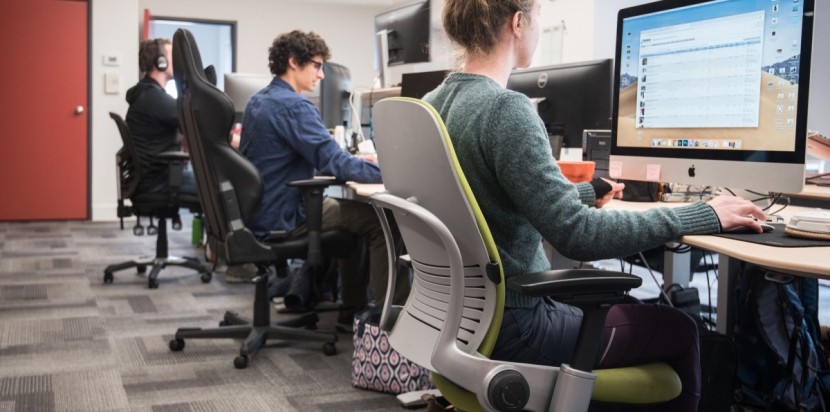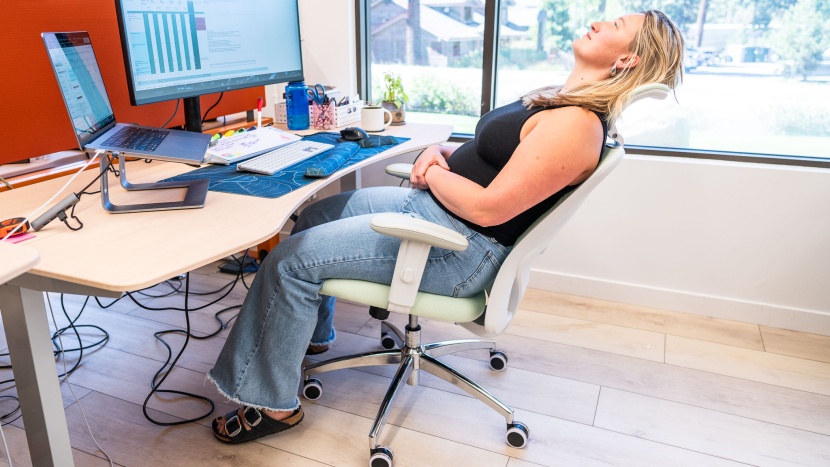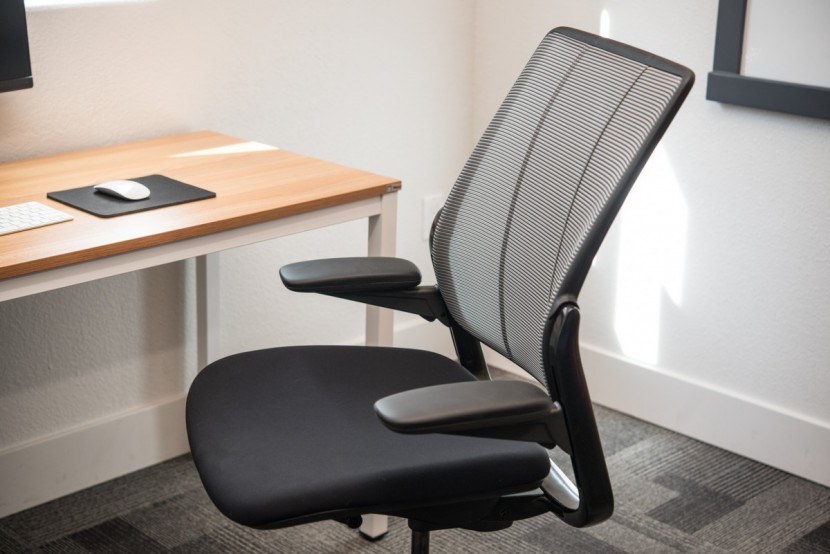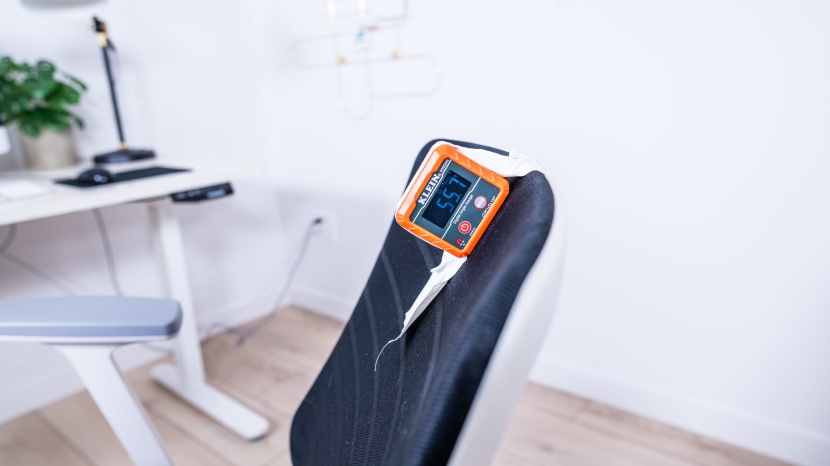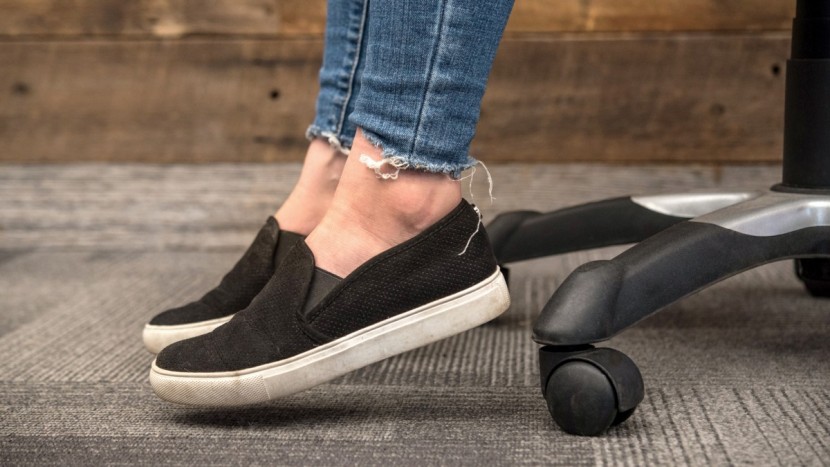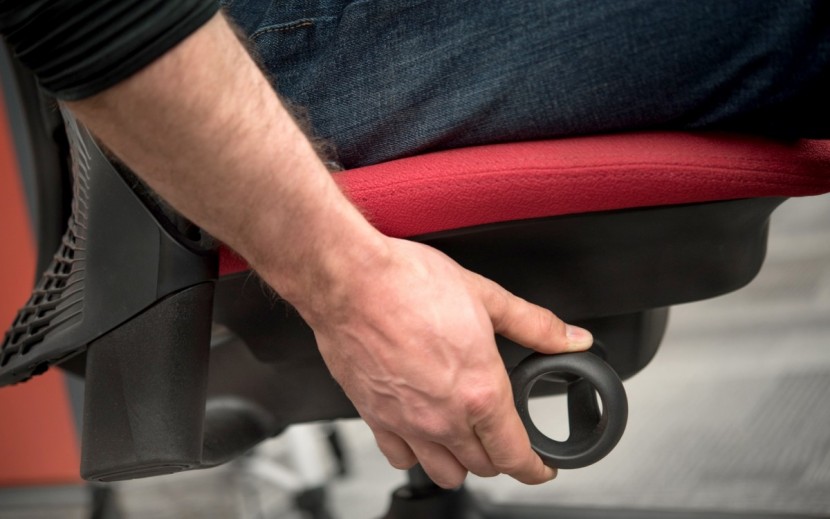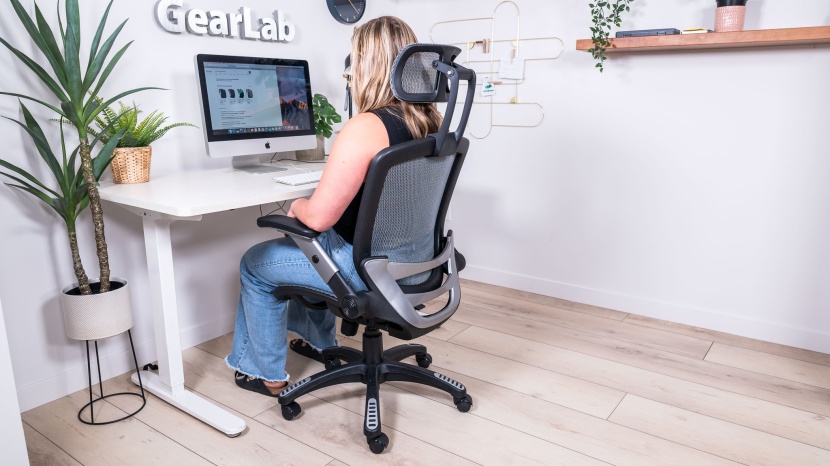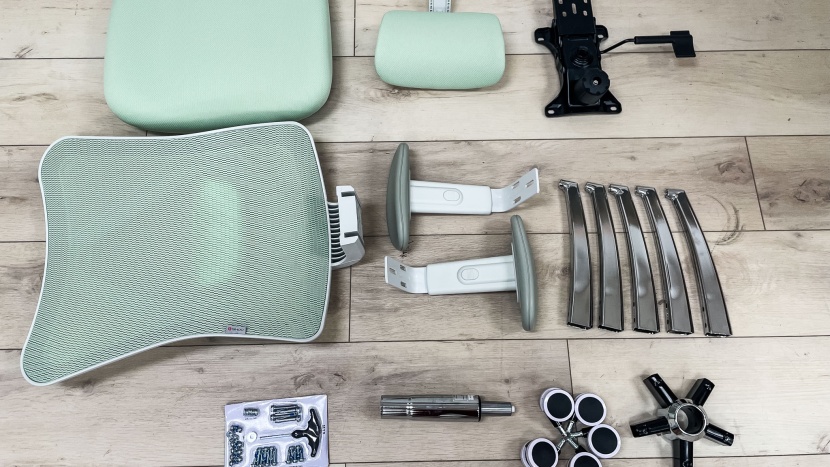In an era of increased computer use, a good or bad office chair significantly affects productivity, comfort, and workday satisfaction. To find the best options, we chose chairs with high potential for general and niche performance. We recognize that a quality chair can determine whether you stay productive for hours or leave with a backache, so we tested models across all price points.
After selecting the most promising chairs, we purchased them and tasked our expert testers with evaluating comfort, adjustability, materials, and assembly instructions. We aimed to identify the best chairs for various users—ergonomic enthusiasts to budget shoppers—analyzing each model in three categories: comfort, adjustability, and ease of assembly. For detailed scores and top picks, visit our complete office chair review.
Comfort
Comfort reigns supreme for office chairs, making it the most critical metric in our review, comprising 50% of each chair's overall score. To reduce subjectivity, we used a multi-tester approach, with at least four expert judges assessing each chair's comfort over a full workday. Judges answered over a dozen comfort-focused questions—like “How comfortable were the armrests?” and "How many hours could you sit in this chair?"—and provided qualitative notes on their experiences.
For instance, tester Lesley highlighted that the EDX Armless Criss Cross Chair with Wheels had a wide enough seat cushion to accommodate her and her dog side-by-side during an entire workday. We also asked judges to note discoveries not covered by our survey. After testing, we averaged their scores to calculate each chair's final comfort rating.
Adjustability
Adjustability enhances a comfortable chair's appeal and can elevate a mediocre one by tailoring it to long-term comfort, especially during prolonged sitting. Customizable settings matter more to overall comfort than just a quality backrest or thick cushion, so adjustability comprised 40% of each chair's score. We used the same multi-judge model as for comfort, with testers ranking five adjustability aspects: backrest, seat pan, armrests, tension knob, and ergonomics.
Judges focused on key details, like independent lumbar adjustments and armrests movable side-to-side and up-and-down, while also assessing ease of adjustment. Their evaluations ensured we captured how well each chair could be fine-tuned to individual preferences, making adjustability a critical factor in our review.
We also compared and scored each chair based on the user-friendliness and capabilities of the reclining lever and the tilt limiters, such as the different positions you can lock the chair into and the different set points for the limiters. We also compared backrest height with testers of different heights and body types to ensure our top picks were compatible with as many sitters as possible.
Next, we looked at how much customization is afforded to you by the armrests on each chair. Specifically, we awarded points to each chair if the armrests can move up or down, in or out, forward and back, or swivel. We also had our judges rate the armrest adjustability to see if the chair offered enough range of motion to accommodate our largest and smallest testers.
For our seat adjustment test, we had our judges rate the amount of customization available, such as its range of motion up and down and forward and back. In particular, we had our shortest and tallest testers note if they could achieve the correct height and depth to properly place their feet on the ground.
Next, we looked at the tension knob adjustment of each chair. This knob sets the amount of resistance when reclining, and we scored each chair — if it had one — on how easy it was to reach and how easy it was to adjust to find your preferred setting.
Finally, we used standard guidelines for an ergonomic desk setup to see if our judges could successfully adjust the chair to get their body position to match the guidelines. We again made sure that our tallest and shortest testers tried out each chair for this test to ensure that the chairs had enough range of movement (or noted those that did not) for a wide variety of people.
Ease of Assembly
Although assembly is (hopefully) a one-time project for a new office chair, we wanted our top picks to be easy to use from start to finish. How easy each office chair was to assemble accounted for 10% of the overall score. We timed our lead tester, Rachel, on how long it took her to assemble each chair and took notes on the quality of the instructions and how well the hardware was labeled. We compared our results to see which chairs were easiest to assemble and which ones were hardest to put together for a novice assembler with little to no prior experience building or assembling furniture.

